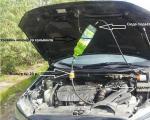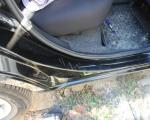Penalty for off-season and studded tires
In 2017, the legislation of the Russian Federation has undergone some changes, and today the situation on the roads is significantly different from what we could observe 2-3 years ago. Serious changes have touched upon the age-old issue with summer and winter tires. If earlier all such bills were at the development stage, then in 2017 they have already entered into force.
There are a number of rules that have become even more stringent by 2017. According to clause 5.5. Appendix No. 8 of the Technical Regulations of the Customs Union of the Customs Union, there are a little more restrictions, and fines await drivers for violations.

But you should be afraid not only of fines - the use of off-season or low-quality car tires can cause a lot of problems, up to serious accidents with human casualties, especially in winter.
Therefore, it is necessary to study this issue in advance in order to avoid trouble in the future.
First you need to deal with seasonal and non-seasonal tires. There have been several attempts in the past by the government to introduce fines for the use of worn tyres, or summer tyres, in the winter. But even despite the fact that everyone understands the meaning of such restrictions, the bills have not been adopted. The snag was in somewhat vague concepts, the difficult climate of the Russian Federation and insufficient study of the issue.
But by 2017, the Technical Regulations of the Customs Union appeared, which clarified this issue. Now for the use of tires that do not correspond to the season, the violator faces a fine. It is quite simple to navigate - the winter months are predictably considered to be December, January and February, and the summer months are June, July and August. Previously, drivers themselves made the decision when to “change shoes” for their vehicles. They tried to switch to the summer version by March 15, and to the winter version by November 15. Of course, these time frames are not spelled out in the legislation, this is just an unofficial calendar of Russian motorists.
But the question arises - if everything is clear with summer and winter, what tires can you ride in spring and autumn? In the Russian Federation, there are many regions with different weather conditions, and in autumn it is often colder than in winter. It was precisely these nuances that became a problem in the development of laws. But according to the adopted Technical Regulations, in the spring and autumn months, you don’t have to worry about changing tires - the regulations do not apply to this.
It should be noted that the Technical Regulations of the Customs Union are quite flexible. According to its provisions, since 2017, changes in the rules for the operation of tires may be made in each region depending on weather conditions. That is, if a spring morning meets the inhabitants of the region with a snowstorm and ice, after making the appropriate decision, drivers can use winter tires without fear of fines. A very important point, given the diverse climate in the Russian Federation.
Amount of the fine
In 2017, the fine for non-compliance with the operating rules is still 500 rubles. If you get caught again, the amount will not increase. A fine of 500 rubles is a fine for using a vehicle that does not meet certain technical standards. Unsatisfactory tire condition and tires for another season were classified in the same category.At first, they wanted to establish a much larger fine - 2,000 and even 5,000 rubles. But no one supported this decision, and therefore decided to stop at a minimum of 500 rubles. Experts believe that after 2017 the amount may increase if drivers ignore the law. So the minimum fine is only the beginning, so do not neglect the rules.
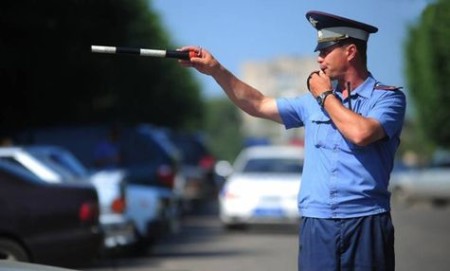
What threatens the driver for using studded tires? Strictly speaking, as of 2017, the regulations do not even have such a thing as studded tires, and, accordingly, there is no penalty either. The use of such tires is associated with certain inconveniences, but there are no direct restrictions. In winter, the driver can freely use such tires without fear of warnings and fines.
In addition, when using studded tires, other road users must be warned about this. To do this, a special sign is glued to the glass of the car.
If there is no sign, you will be fined 500 rubles, as spikes may pose some threat to other drivers.
Until recently, the legislation provided for the number of studs that should be on the tire. It was also allowed to exceed this indicator if the driver could prove that because of this the road surface would not experience excessive load, and the grip would be satisfactory. But in 2017, these nuances are no longer paid attention to.
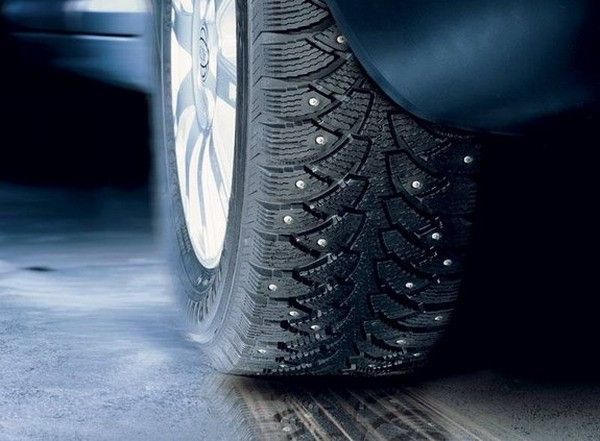
"Bald" tires
You should also deal with the use of worn tires in 2017. They do not provide sufficient grip, and therefore do not perform their functions and can cause an emergency. To regulate the condition of tires, there are norms for the height and depth of the tread. The minimum tread depth on summer tires is 1.6 mm, the maximum is 4 mm. If the examination establishes that your car does not meet the standards, you will be fined 500 rubles.
Very often there are disputes with the traffic police about tires, since this topic is not disclosed in the traffic rules and there are no direct restrictions. But this does not become a reason why the driver can ignore the regulations. The fact is that the Technical Regulations of the Customs Union refers to international law, and must be observed in the same way as Russian law. Therefore, all the claims of road inspectors regarding off-season tires are justified.
But in addition to administrative responsibility, the driver must not forget about other reasons why the rules should be followed.
Using winter tires in summer causes a lot of problems:
- Rubber melts much more than in winter, and this increases the braking distance;
- Grip with the road surface is reduced, and this causes difficulties with control;
- Tires overheat;
- Protectors wear out quickly.
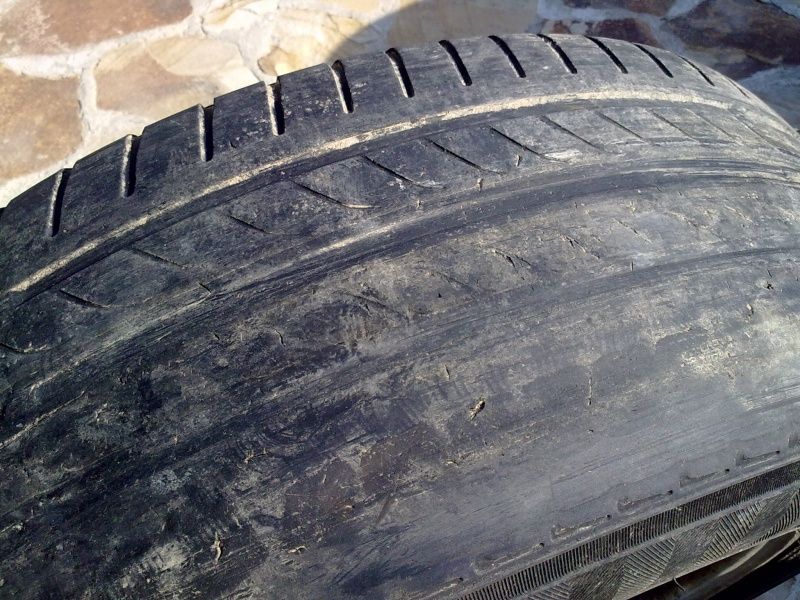
With summer tires, things are a little different - hard rubber does not give the desired result in the cold season, as well as insufficient tread size. Therefore, in winter, violators will be fined for summer tires. All of the above factors can cause an accident, so they should be avoided.

